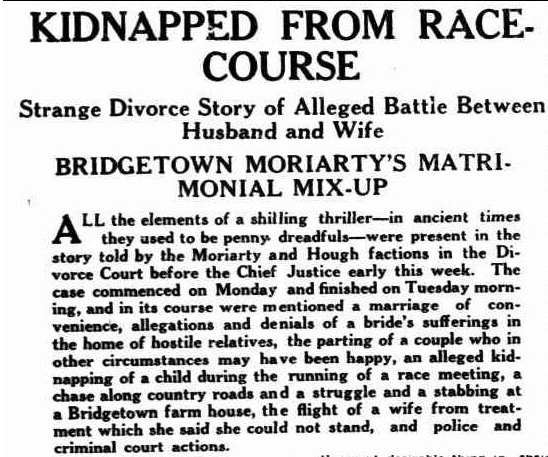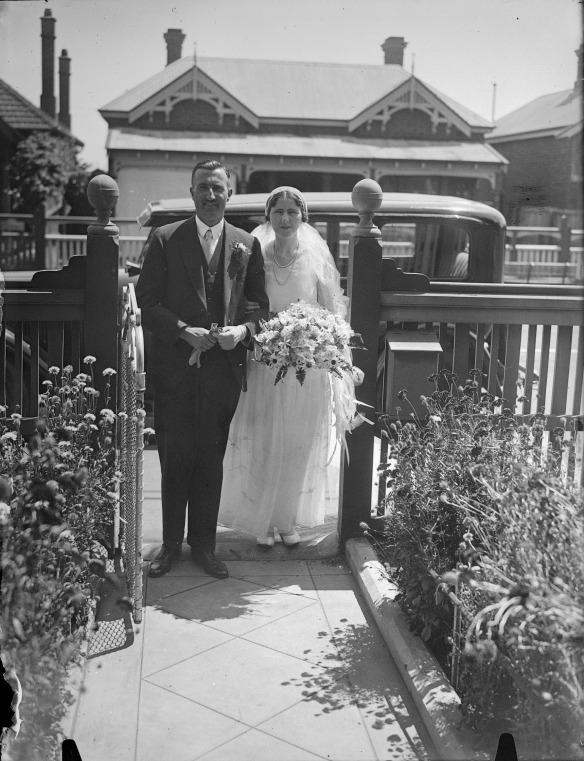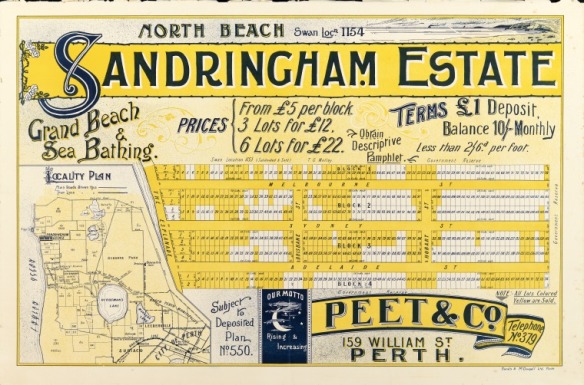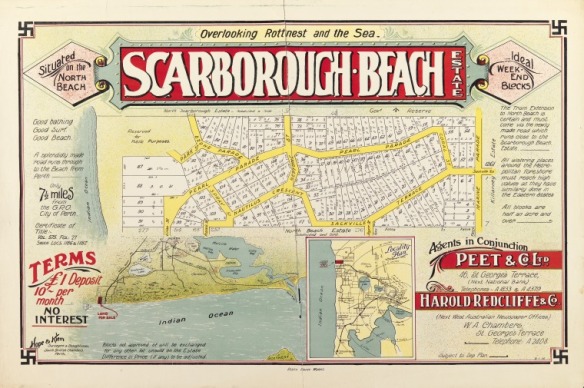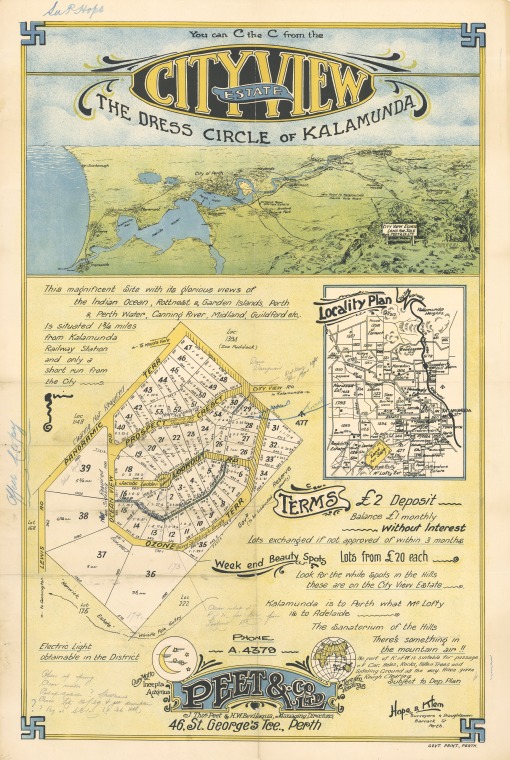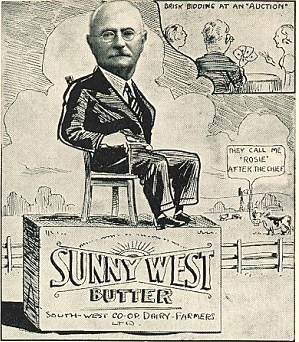One of the more unusual items in the State Library’s collection is this diary written by Raymond Stewart on a toilet roll while he was a prisoner of war during World War II. Raymond kindly donated this unique diary to the Library in 1999. It is written in pencil on poor quality paper and is housed in our rare materials security stack at a controlled temperature of 20 degrees +/- 2 degrees with a humidity level of 50% +/- 5%. These stable conditions help to preserve this fragile item.

Raymond Stewart’s toilet roll diary housed in its special conservation box, ACC 5062A/5
Lieutenant Raymond Stanley Stewart (2/28th Australian Infantry Battalion) enlisted in Northam in 1940 and was captured on 27 July 1942 at Ruin Ridge, El Alamein, Egypt. He was held as a prisoner of war in Europe, firstly by the Italians and later by the Germans, until 1 May 1945. He recorded his experiences in this most unusual diary between 27 July and 12 September 1942, later continuing in two notebooks.

Raymond’s prisoner of war card with photograph, ACC 5062A/11
Keeping such a record was a tremendous risk so Raymond kept the diaries hidden in an Australian Red Cross Society gift box.

The Australian Red Cross Society gift box where Raymond kept his diaries hidden, ACC 5062A/15
The toilet roll diary provides a fascinating insight into the daily life of a prisoner of war. Raymond describes his feelings on being captured:
“I feel miserable, angry, disillusioned and relieved in turn. I think everyone feels the same way. The boys crack jokes to hide their feelings.”
There is confusion about the fate of his comrades:
“Did Jack come through? Where is Smithie? Is it true that Snooks was killed?”
On 5th August 1942, just over a week after his capture, he describes his hunger:
“Already we are all feeling continuously and desperately hungry. Our ration is eaten as follows:- 1/2 tin bully and 1/3 bread for lunch, ditto tea, and coffee and remainder of bread for breakfast. I myself am feeling very weak and have a temporary blackout once during the day on getting up from my bed. This may have been due to bad ventilation as much as anything else. It is an effort to walk around very much as I simply haven’t the energy.
Just through the fence they are dumping hundreds of cases of lemons. We are so hungry we beg for them from the guards, and eat them raw peel and all. However they don’t give much away and even then I think it is only for the amusement they get from seeing us scramble for them.”
This diary formed part of the National Treasures from Australia’s Great Libraries exhibition which toured capital cities around the country from 2005 to 2007. Now the Raymond Stanley Stewart diaries have been made available for anyone to read online. In some places they are difficult to decipher but a transcript has also been placed online.
As you can imagine, digitising a toilet roll presented some challenges. The diary is extremely delicate and fragile; of course the paper is biodegradable and was never intended to last. Our reformatting staff say that this is the most challenging item they have ever digitised; the toilet roll diary alone took over twenty hours to complete. It was photographed using a Hasselblad camera which has extremely accurate colour fidelity and the ability to retain exceptional quality of detail. The images shown here illustrate some of the processes involved in bringing this item to you.

The toilet roll diary held in place with glass weights

Our Senior Conservator unwinding the toilet roll during filming

Carefully rewinding the diary after filming

Returning the diary to its box

Checking the quality of the digitised image
It is wonderful that Raymond Stewart realised the historical significance of his diary and had the forethought to donate it to the State Library so it could be preserved for the future. What other treasures could be hidden in wardrobes or attics in private homes around the state?
If you are interested in finding out more about donating to the Library please visit our Donations page.








